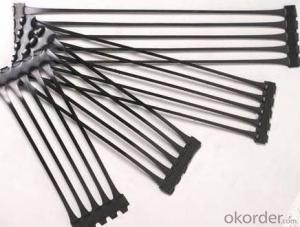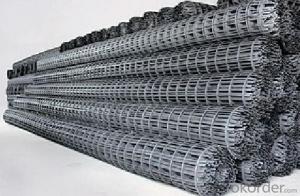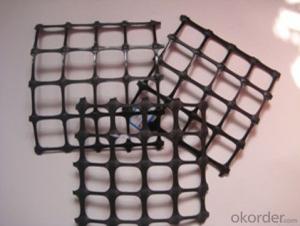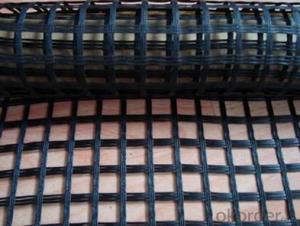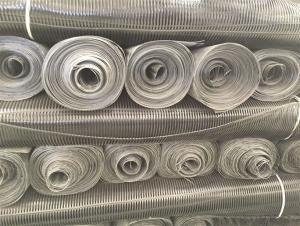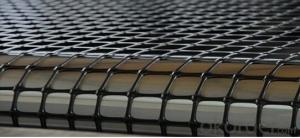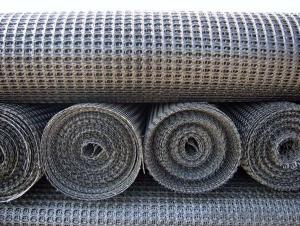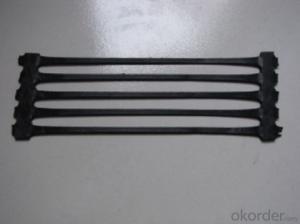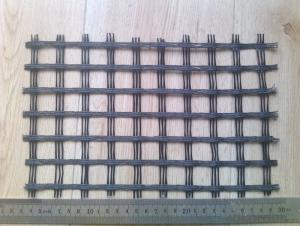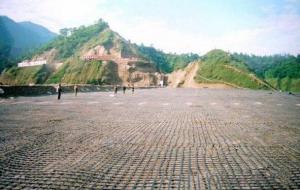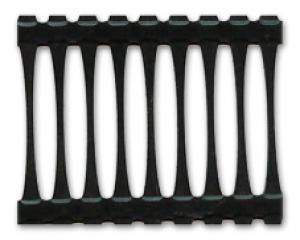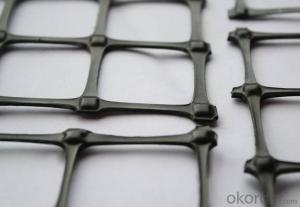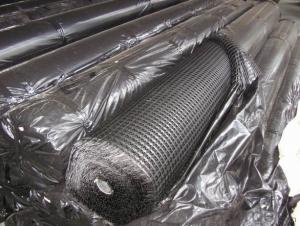Bidirectional Geogrid
Bidirectional Geogrid Related Searches
Fridge With Freezer On Bottom Driveway Pillars With Lights Blu Ray Player With Recorder Blu Ray Player With Internet Geogrid In Retaining Walls 1708 Biaxial Fiberglass Tape Pullout Resistance Of Geogrid Geogrid Warp Knitting Machine Srw 3 Series Geogrid Biaxial Plastic GeogridHot Searches
Fiberglass Scaffolding For Sale Fiberglass Panels For Sale Fiberglass Greenhouses For Sale Geogrid Fabric For Sale Gas Powered Core Aerator For Sale Revolution 4 Propeller For Sale Alabaster Carving Stone For Sale Geogrid For Sale Near Me Tensar Geogrid For Sale Geogrid For Sale Ex Display Log Cabins For Sale Photoelectric Cells For Sale Athletic Lockers For Sale Cubicle Partitions For Sale Stearman Propeller For Sale Palram Greenhouses For Sale Gumbo Bowls For Sale Suzuki Propellers For Sale Freight Crates For Sale Outhouse Sheds For SaleBidirectional Geogrid Supplier & Manufacturer from China
Okorder.com is a professional Bidirectional Geogrid supplier & manufacturer, offers integrated one-stop services including real-time quoting and online cargo tracking. We are funded by CNBM Group, a Fortune 500 enterprise and the largest Bidirectional Geogrid firm in China.Hot Products
FAQ
- There are several factors that can affect the installation cost of geogrids. These include the size and scope of the project, the type and quality of the geogrid material, the condition and stability of the soil, the accessibility of the site, the labor and equipment needed for installation, and any additional site-specific requirements or challenges.
- Yes, geogrids are suitable for use in ground reinforcement for solar farms. Geogrids provide excellent soil stabilization, erosion control, and load-bearing capacity, which are crucial for supporting the heavy equipment and structures in solar farms. Additionally, geogrids can enhance the overall stability and longevity of the ground, ensuring efficient and sustainable operation of solar energy infrastructure.
- Geogrids improve the performance of reinforced soil retaining walls by providing additional tensile strength and stability to the structure. They enhance the soil's ability to resist lateral pressures and improve overall load distribution, which ultimately increases the wall's bearing capacity and structural integrity. Additionally, geogrids help prevent soil erosion and displacement, ensuring long-term stability and durability of the retaining wall system.
- Geogrids help in reducing construction waste by providing a stable base for construction materials, reducing the need for excessive excavation and fill. This minimizes the amount of waste generated during the construction process and saves resources by utilizing existing materials efficiently. Additionally, geogrids enhance the durability of structures, reducing the need for frequent repairs or replacements, which further reduces construction waste.
- Who knows how much the staggered distance of the lap joint is
- Seam stagger distance is greater than 1 meters, because the joints are relatively weak.
- How to fill in the geogrid evaluation form
- Detection method and frequency in accordance with the requirements, the other reference to your command requirements!
- The effect of strain rate on geogrid behavior is that it can significantly impact the mechanical properties and performance of the geogrid. At higher strain rates, the geogrid may exhibit increased stiffness and strength due to the rate-dependent nature of its materials. This means that the geogrid can better resist deformations and provide enhanced stability under dynamic loading conditions. However, at extremely high strain rates, the geogrid may experience reduced performance and even failure due to excessive stress concentrations and insufficient time for dissipation of energy. Thus, understanding and considering the strain rate is crucial in designing and applying geogrids for different applications.
- Geogrids prevent soil erosion by providing reinforcement and stability to the soil. These synthetic materials are installed within the soil to form a strong, interconnected network that improves the soil's shear strength. This reinforcement prevents the soil particles from being washed away by water or blown away by wind, effectively reducing erosion.
















